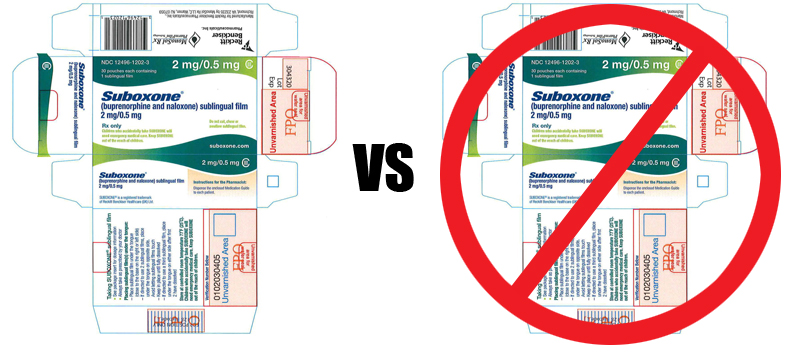Observing outpatient treatment in different settings (as I often do), it strikes me that we might divide a typical client census into three broad groups. The first group arrives in treatment essentially ‘ready’ for change (whatever that means to them), and our job is mostly to stay out of their way, providing basic support and guidance. Then there’s a second group that we legitimately suspect will not respond to treatment, regardless of the efforts of staff. We’re left thinking, “well, maybe next time.” Finally, there’s a third group who are wavering back and forth, not sure what they should do. That’s where treatment can have the most positive impact.
We fill their individualized treatment plans with a host of needs and issues, but in practice, those in the wavering group need help in one of three ways:
First, motivational. Every clinician is familiar with the client who isn’t overtly resistant but has the attitude that recovery is something he might work at if given absolutely no choice. It’s a profile often found among Court-referred, EAP, and family intervention clients. The referral is made in hopes that something (magical?) will occur that results in real motivation. But as Keith Richards of the Rolling Stones put it: “A cure imposed by the authorities lacks conviction in the heart.”
This client may continue using throughout outpatient, in secret, which explains a quick relapse post-discharge (he never stopped in the first place). Other issues might require attention, but the real barrier remains lack of motivation. If that doesn’t change, it’s likely nothing else will, either.
The second group I refer to as lapsing — frequent substance use episodes that the client doesn’t seem able to interrupt. Some of these lapses appear impulsive (reckless, unplanned) while others have a compulsive quality (involuntary, driven). A recent example from the news.
Here the protagonist planned to attend a “Hope Over Heroin” prayer rally with his 5 year old son when he ran into an associate who provided some heroin, which he snorted. It turned out to be spiked with fentanyl. He survived, barely, but given seven previous ODs, still seems as baffled as the rest of us as to exactly why he would take that sort of risk.
For him, and those like him, treatment success comes down to interrupting this cycle. That often means a dramatic change in environment or lifestyle that he doesn’t particularly want to make. Nonetheless, there’s not much point in spending time on other issues when this one is such an obvious ‘killer’.
The third group– not as numerous but requiring a lot of counselor time and energy– I characterize as a relapsing client. This individual has in the past managed a substantial period of success, but for one reason or another, it’s been abandoned. A naive observer may interpret this as a sign recovery will be easy to re-establish, but in my experience, it may not be. Like a stroke patient who suddenly finds himself needing to relearn basic skills that were once automatic, it may require a level of personal commitment unseen for many years.
The counseling process requires the clinician to identify a variety of areas to work on during a given treatment episode. My point is that only one or two factors will make a difference in the outcome. Success comes when client and clinician are able to focus on those areas.
It’s probably best that we don’t distract them.













